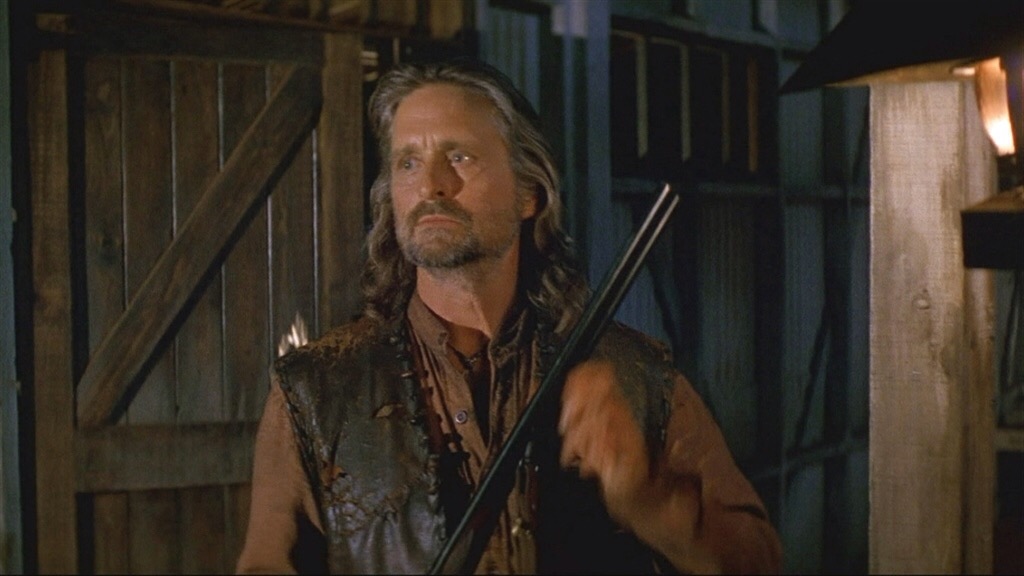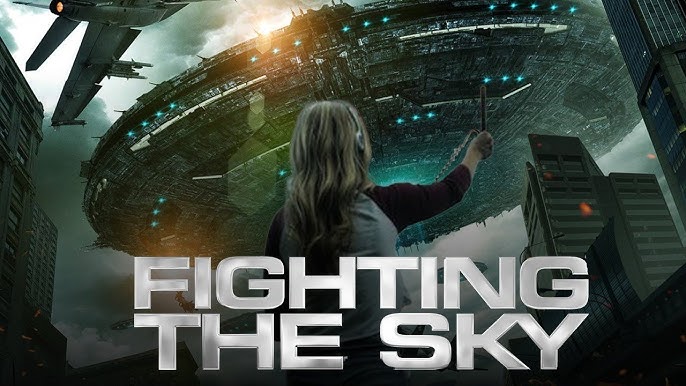
The 1996 film The Ghost and the Darkness, directed by Stephen Hopkins, remains one of the most haunting man-versus-nature thrillers ever made. Based on the true story of the infamous Tsavo man-eaters, the film followed Colonel John Patterson (Val Kilmer) and big-game hunter Charles Remington (Michael Douglas) as they confronted two legendary lions that terrorized railway workers in colonial Kenya.
The movie stood out for its atmospheric tension, powerful performances, and its exploration of colonial arrogance, fear, and survival. Kilmer’s portrayal of the determined, increasingly traumatized Patterson, paired with Douglas’s rugged, unpredictable Remington, offered a compelling human dynamic as the pair hunted predators that seemed almost supernatural in their cunning.
Now, thirty years later, a fictional sequel emerges from the shadows of that legacy: The Ghost and the Darkness: Return to Tsavo (2026). Set in modern-day Kenya, the film reimagines the terror of the past with a new cast, a new threat, and a deeper environmental message.
The story follows Dr. Amari Okoth, a wildlife biologist and granddaughter of a railway worker who survived the original attacks. When a series of brutal killings occur near the old Tsavo bridge site, suspicion falls first on rogue lions. But what Amari uncovers is far more chilling: a new predator born from poaching, climate stress, and genetic mutations—lions bred in captivity, escaped and unnaturally adapted to hunt humans with eerie precision.
Amari is joined by Tom Patterson, a descendant of Colonel Patterson and a former British Army tracker turned conservationist. The uneasy alliance between science and survivalism echoes the original duo’s tension. Together, they must navigate the scorched plains of Tsavo, now threatened by drought, militia activity, and an apex predator no longer bound by instinct alone.

The imagined sequel blends psychological horror with ecological thriller, using the legacy of the original to explore modern-day wildlife ethics. Where The Ghost and the Darkness suggested the lions were more than animals—perhaps evil spirits—Return to Tsavo asks whether human intervention has created monsters of its own.
Cinematically, the film could return to the golden-red hues of the African savannah, but with drones, heat cameras, and night-vision sequences that make the hunt more high-tech—and more terrifying.
Final verdict (imagined): Return to Tsavo honors the legacy of the original with smart updates and a worthy new cast. It’s not just a sequel—it’s a cautionary tale for a world that may have forgotten the ghosts of its past.



